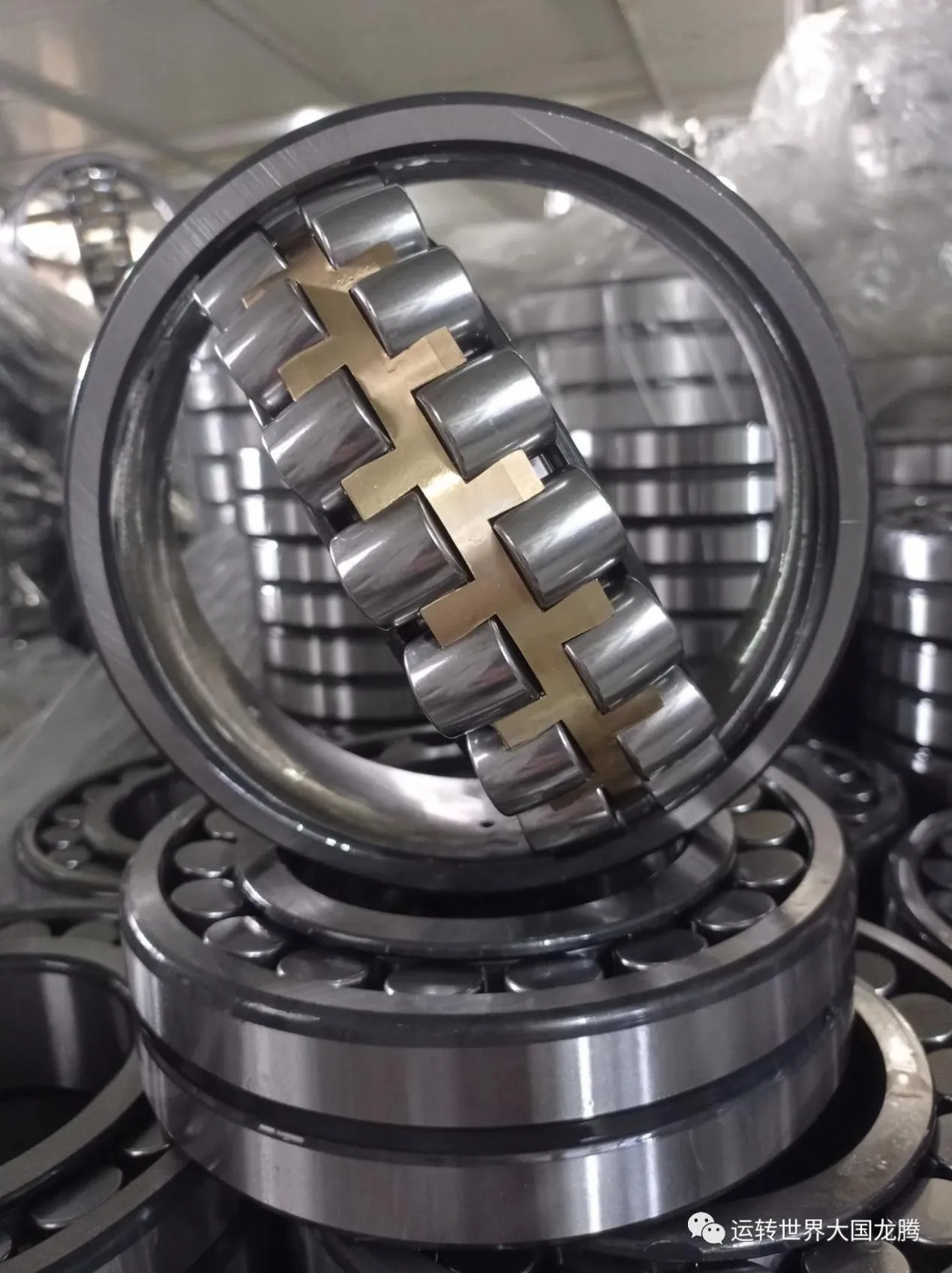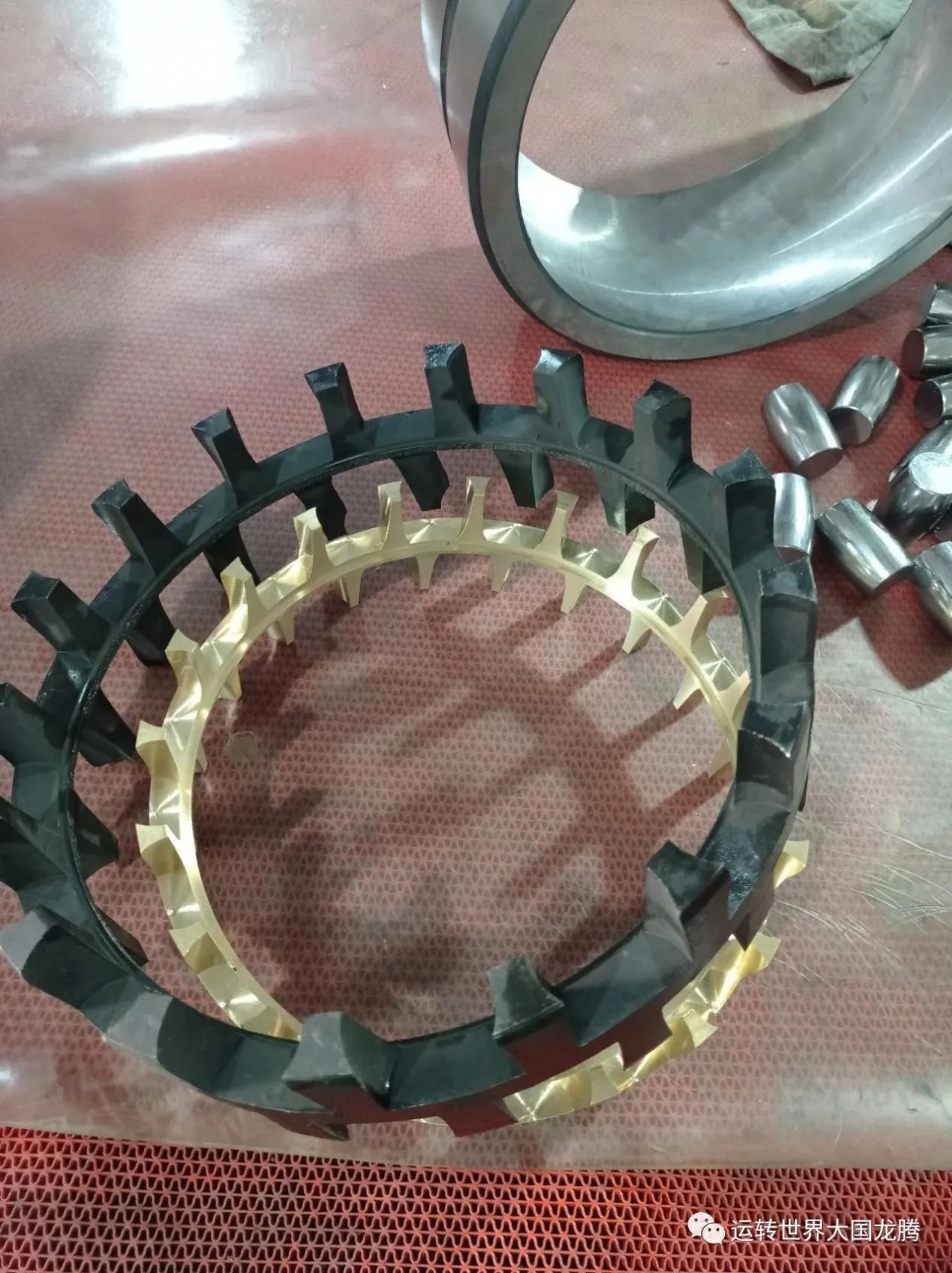Navigation
How to prevent stainless steel fasteners from seizing up?
Seizing or galling often occurs on fasteners made of stainless steel, aluminum alloy and titanium alloy materials. These metal alloys themselves have anti-corrosion properties. When the surface is damaged, a thin oxide layer will be formed on the metal surface to prevent further corrosion. When the fasteners of stainless steel are tightened, the pressure and heat generated between the threads will damage this oxide layer, causing blockage or shearing between the metal threads, and then the phenomenon of adhesion will occur. When this phenomenon continues to occur, the stainless steel fasteners will be completely seized and can no longer be removed or further tightened. Usually, this series of consecutive actions of blockage, shearing, adhesion and seizing will happen in just a few seconds. Therefore, only by correctly understanding and using this type of fasteners can this phenomenon be prevented.
1. Correctly select products Before use, first confirm whether the mechanical properties of the products can meet the usage requirements, such as the tensile strength of the screws and the guaranteed load of the nuts. The length of the screws should be appropriately selected, with 1 - 2 pitch lengths exposed outside the nuts after being tightened as the standard.
2. Check whether the threads are rough and whether there are iron filings or dirt between the threads before use. These things often lead to seizing.
3. Lubrication treatment can be done on the fasteners before use It is recommended to use grease, molybdenum disulfide, mica, graphite or talcum powder for lubrication. Currently, the immersion wax treatment is commonly used for lubrication to prevent seizing.
4. Pay attention to the usage method when using a. The speed and force of screwing in should be appropriate, not too fast or too large. Try to use a torque wrench or a socket wrench as much as possible, and avoid using an adjustable wrench or an electric wrench. Too fast a speed will cause the temperature to rise rapidly and lead to seizing. b. Regarding the direction of applying force, the nuts must be screwed in perpendicular to the axis of the screws.
5. Using washers can effectively prevent the problem of over-tightening.
Seizing or galling often occurs on fasteners made of stainless steel, aluminum alloy and titanium alloy materials. These metal alloys themselves have anti-corrosion properties. When the surface is damaged, a thin oxide layer will be formed on the metal surface to prevent further corrosion. When the fasteners of stainless steel are tightened, the pressure and heat generated between the threads will damage this oxide layer, causing blockage or shearing between the metal threads, and then the phenomenon of adhesion will occur. When this phenomenon continues to occur, the stainless steel fasteners will be completely seized and can no longer be removed or further tightened. Usually, this series of consecutive actions of blockage, shearing, adhesion and seizing will happen in just a few seconds. Therefore, only by correctly understanding and using this type of fasteners can this phenomenon be prevented.
1. Correctly select products
Before use, first confirm whether the mechanical properties of the products can meet the usage requirements, such as the tensile strength of the screws and the guaranteed load of the nuts. The length of the screws should be appropriately selected, with 1 - 2 pitch lengths exposed outside the nuts after being tightened as the standard.
2. Check whether the threads are rough and whether there are iron filings or dirt between the threads before use. These things often lead to seizing.
3. Lubrication treatment can be done on the fasteners before use It is recommended to use grease, molybdenum disulfide, mica, graphite or talcum powder for lubrication. Currently, the immersion wax treatment is commonly used for lubrication to prevent seizing.
4. Pay attention to the usage method when using a. The speed and force of screwing in should be appropriate, not too fast or too large. Try to use a torque wrench or a socket wrench as much as possible, and avoid using an adjustable wrench or an electric wrench. Too fast a speed will cause the temperature to rise rapidly and lead to seizing. b. Regarding the direction of applying force, the nuts must be screwed in perpendicular to the axis of the screws.
5. Using washers can effectively prevent the problem of over-tightening.


Seizing or galling often occurs on fasteners made of stainless steel, aluminum alloy and titanium alloy materials. These metal alloys themselves have anti-corrosion properties. When the surface is damaged, a thin oxide layer will be formed on the metal surface to prevent further corrosion. When the fasteners of stainless steel are tightened, the pressure and heat generated between the threads will damage this oxide layer, causing blockage or shearing between the metal threads, and then the phenomenon of adhesion will occur. When this phenomenon continues to occur, the stainless steel fasteners will be completely seized and can no longer be removed or further tightened. Usually, this series of consecutive actions of blockage, shearing, adhesion and seizing will happen in just a few seconds. Therefore, only by correctly understanding and using this type of fasteners can this phenomenon be prevented.
1. Correctly select products Before use, first confirm whether the mechanical properties of the products can meet the usage requirements, such as the tensile strength of the screws and the guaranteed load of the nuts. The length of the screws should be appropriately selected, with 1 - 2 pitch lengths exposed outside the nuts after being tightened as the standard.
2. Check whether the threads are rough and whether there are iron filings or dirt between the threads before use. These things often lead to seizing.
3. Lubrication treatment can be done on the fasteners before use It is recommended to use grease, molybdenum disulfide, mica, graphite or talcum powder for lubrication. Currently, the immersion wax treatment is commonly used for lubrication to prevent seizing.
4. Pay attention to the usage method when using a. The speed and force of screwing in should be appropriate, not too fast or too large. Try to use a torque wrench or a socket wrench as much as possible, and avoid using an adjustable wrench or an electric wrench. Too fast a speed will cause the temperature to rise rapidly and lead to seizing. b. Regarding the direction of applying force, the nuts must be screwed in perpendicular to the axis of the screws.
5. Using washers can effectively prevent the problem of over-tightening.
Seizing or galling often occurs on fasteners made of stainless steel, aluminum alloy and titanium alloy materials. These metal alloys themselves have anti-corrosion properties. When the surface is damaged, a thin oxide layer will be formed on the metal surface to prevent further corrosion. When the fasteners of stainless steel are tightened, the pressure and heat generated between the threads will damage this oxide layer, causing blockage or shearing between the metal threads, and then the phenomenon of adhesion will occur. When this phenomenon continues to occur, the stainless steel fasteners will be completely seized and can no longer be removed or further tightened. Usually, this series of consecutive actions of blockage, shearing, adhesion and seizing will happen in just a few seconds. Therefore, only by correctly understanding and using this type of fasteners can this phenomenon be prevented.
1. Correctly select products
Before use, first confirm whether the mechanical properties of the products can meet the usage requirements, such as the tensile strength of the screws and the guaranteed load of the nuts. The length of the screws should be appropriately selected, with 1 - 2 pitch lengths exposed outside the nuts after being tightened as the standard.
2. Check whether the threads are rough and whether there are iron filings or dirt between the threads before use. These things often lead to seizing.
3. Lubrication treatment can be done on the fasteners before use It is recommended to use grease, molybdenum disulfide, mica, graphite or talcum powder for lubrication. Currently, the immersion wax treatment is commonly used for lubrication to prevent seizing.
4. Pay attention to the usage method when using a. The speed and force of screwing in should be appropriate, not too fast or too large. Try to use a torque wrench or a socket wrench as much as possible, and avoid using an adjustable wrench or an electric wrench. Too fast a speed will cause the temperature to rise rapidly and lead to seizing. b. Regarding the direction of applying force, the nuts must be screwed in perpendicular to the axis of the screws.
5. Using washers can effectively prevent the problem of over-tightening.


